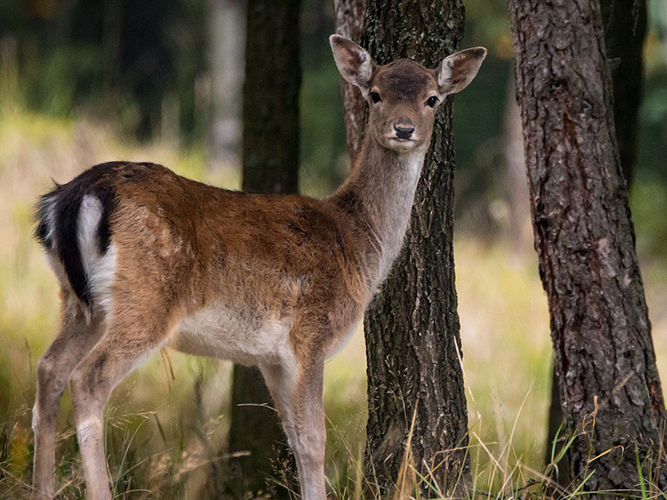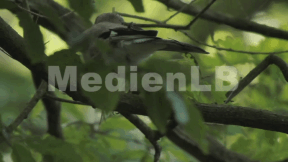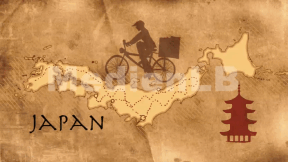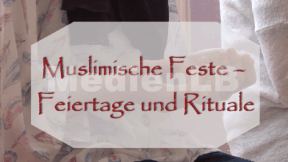
55502446
Bäume unserer Heimat
In 10-15 interaktiven Modulen wird für Grundschulkinder Wissen zur heimischen Bäumen vermittelt und anschließend abgefragt.
Included Tasks
- I Laub- oder Nadelbaum? - interaktive Aufgabe
- II Die Rinde der Bäume - interaktive Aufgabe
- III Baum-Quiz - interaktive Aufgabe
- IV Bäume verändern sich - interaktive Aufgabe
- V Bäume und ihre Namen - Finde die Paare - interaktive Aufgabe
- VI Früchte und Blätter - interaktive Aufgabe
- VII Baumsuche im Buchstabengitter - interaktive Aufgabe
- VIII Nahrungsbausteine der Bäume - interaktive Aufgabe
- IX Baumstamm; Rinde; Borke - Lückentext
- X Blüten; Früchte; Samen - Lückentext
- XI Vom Holz und vom Alter der Bäume - interaktives Video
- XII Heimische Bäume - Bildkarten
Curriculum-centred and oriented towards educational standards
Matching
Kamishibai
We spend a large part of our lives telling stories. Stories we read, listen to, watch – or tell others ourselves.
Muslim Festivals
Meryem and Rabia at midday prayer with their parents. Normal daily routine for them because they belong to the almost five per cent of the German population who are of Muslim faith. They have, like most Christians, too, very special feasts, rituals and holidays. We are going to accompany them and other Muslim families on these festivals.









